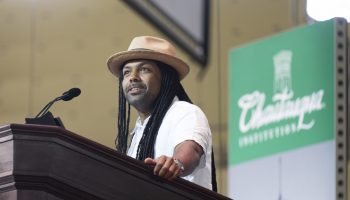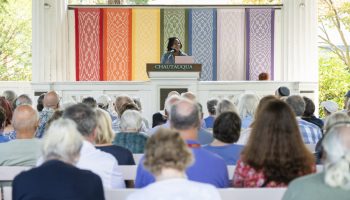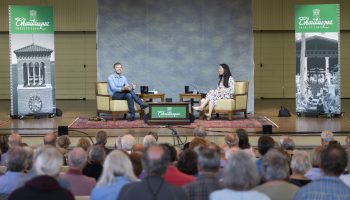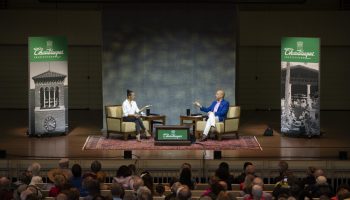In 1821, a Cherokee silversmith called Sequoyah accomplished a feat unparalleled in linguistic history when he completed a yearslong effort to create a system that made writing and reading in the Cherokee language possible.
As John Noble Wilford observed in The New York Times in 2009, Sequoyah’s “achievement is the only known instance of an individual single-handedly creating an entirely new system of writing.”
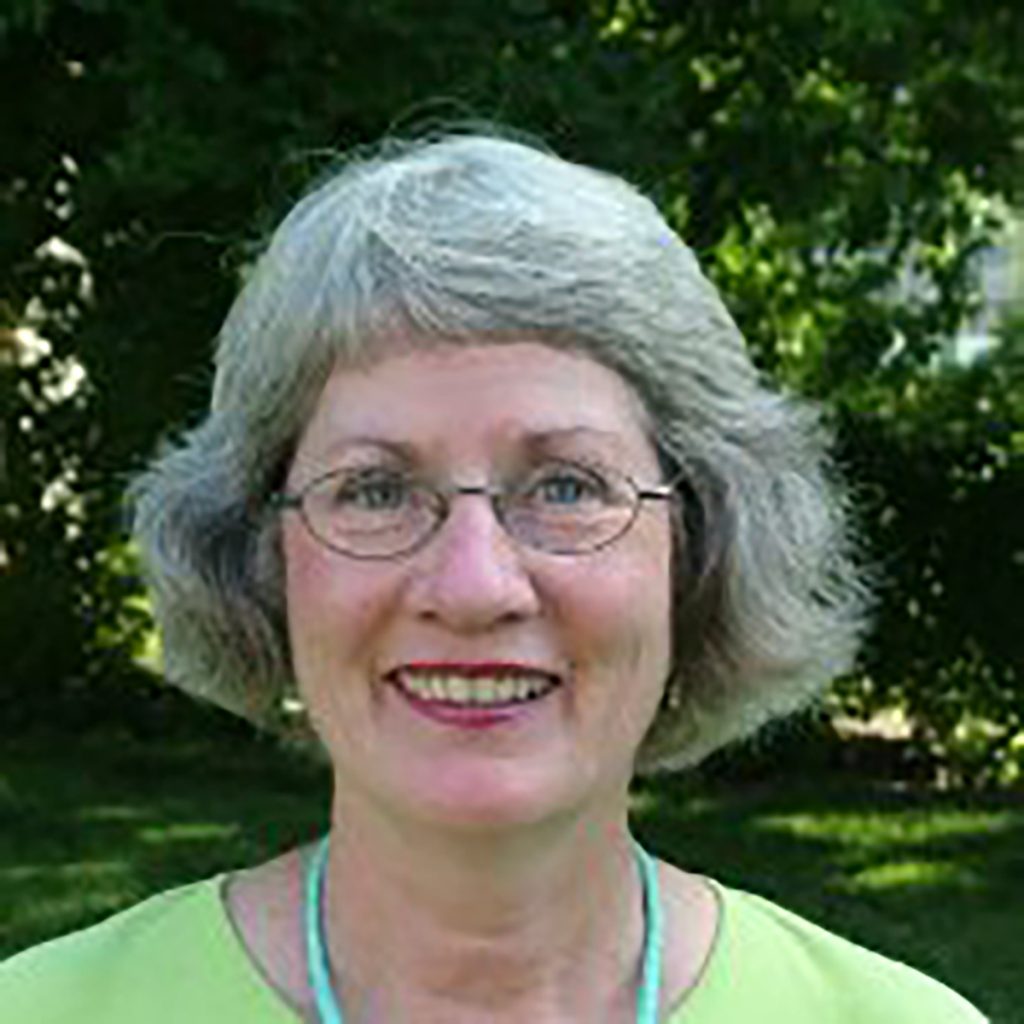
Terry Foody, a writer and speaker, will discuss Sequoyah and his unlikely relationship with his half-nephew, a Kentucky newspaper editor named Howard Gratz, in a lecture called “Sequoyah and His Kentucky Nephew: Kinsmen in Words” at 3:30 p.m. Tuesday in the Hall of Philosophy as part of the Oliver Archives Heritage Lecture Series. Her book about the subject, The Cherokee and the Newsman, has just been published, and she is also the author of The Pie Seller, The Drunk and The Lady: Heroes of the 1833 Cholera Epidemic in Lexington, Kentucky.
Foody, like most historians, believes that Sequoyah was born around 1770 in eastern Tennessee, and was christened George Gist by his father, Nathaniel Gist, an English fur trader, and his mother, Wut-teh, a member of a prominent Cherokee family. Dissenting scholars have argued that Sequoyah was a full-blooded Cherokee, but Foody is confident of his parentage.
Sequoyah enlisted with other Cherokees under Andrew Jackson to fight Creek Indians after the War of 1812, Foody said. As he watched white soldiers and settlers make marks on paper that he called “talking leaves,” he became convinced that power and success stemmed from the ability to read and write.
He developed a syllabary with 85 characters representing distinct sounds in the spoken Cherokee language with syllables combining to form words and sentences. Within four years, the people of the Cherokee Nation were using his system and their literacy rate soon surpassed that of the European-American settlers.
“It was remarkably easy to learn,” Foody said. “No matter how old or young the Cherokee were, they could learn the language in a couple of days.”
Within a few years, the Cherokees were publishing their own newspaper in Georgia, called the Cherokee Phoenix, which was distributed around the Southern United States and even in Europe. The printers also published a Cherokee translation of the Bible. In 1829, Jackson was elected president and a year later the Indian Removal Act was passed, leading to the forced relocation of the Cherokee, Muscogee, Seminole, Chickasaw and Creek nations. In 1831, Governor Wilson Lumpkin of Georgia ordered the Phoenix closed and had its presses and type destroyed.
It was around this time, Foody said, that Sequoyah, on a mission to Washington, D.C., to seek better conditions for the Cherokee people, met his 4-year-old half-nephew, Howard Gratz, the son of Sequoyah’s half-sister, Maria Gist Gratz.
Gratz, grew up to found The Gazette, a newspaper in Lexington, Kentucky, which he ran for 37 years. A secessionist and Confederate sympathizer, Gratz did not acknowledge his relationship with Sequoyah, although his daughter, Mary, wrote that the revered Cherokee visited the family before his death in 1843.

